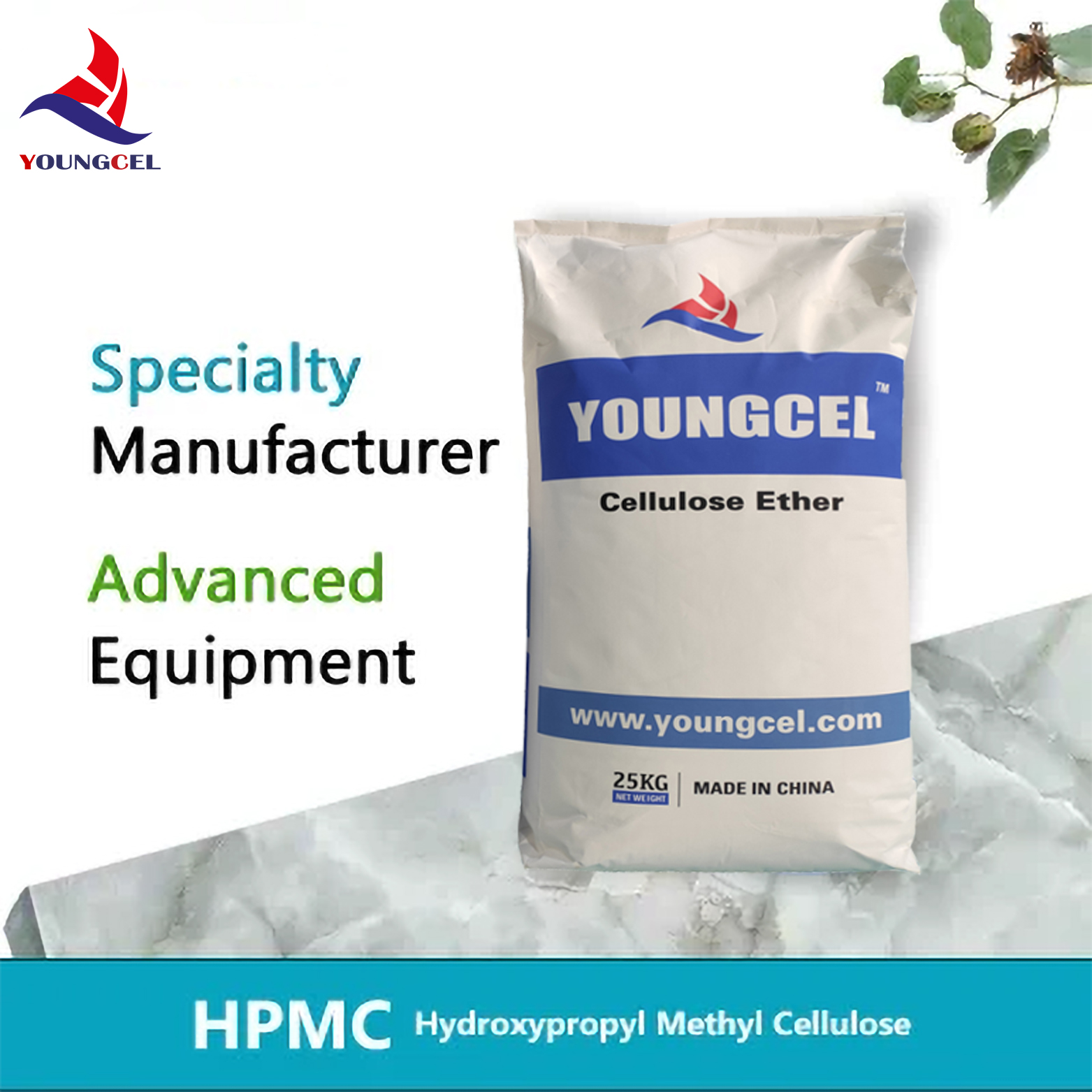The Importance of Hydroxypropyl Methylcellulose (HPMC) in Modern Applications
Hydroxypropyl methylcellulose (HPMC) is a versatile cellulose ether that has gained significant importance across various industries due to its unique properties and functionalities. As a non-ionic, water-soluble polymer, HPMC is primarily derived from natural cellulose, which is modified through chemical processes to enhance its performance. This article explores the distinct characteristics of HPMC, its applications across different fields, and the reasons for its growing popularity.
Properties of HPMC
HPMC is characterized by its ability to form transparent gels and films, which makes it particularly useful in applications requiring moisture retention and stability. Its most notable properties include
1. Water Solubility HPMC dissolves readily in cold water, forming a viscous solution. This quality is essential in various formulations, allowing for easy mixing and application.
2. Thickening Agent It serves as an excellent thickening agent, significantly increasing the viscosity of solutions without altering their taste or color.
3. Binding and Adhesive Properties HPMC exhibits strong binding characteristics, making it favorable in formulations where adhesion is crucial.
4. Film-Forming Ability The polymer can form flexible and resistant films, offering protective barriers in numerous applications.
These properties make HPMC a preferred choice in numerous sectors, including pharmaceuticals, food, construction, and personal care.
cellulos ether hpmc

Applications of HPMC
1. Pharmaceuticals In the pharmaceutical industry, HPMC is used extensively as an excipient in tablet formulations. It acts as a binder, controlling the release of active ingredients and enhancing the stability of the drug. HPMC is also employed in the preparation of controlled-release drug delivery systems, allowing for consistent therapeutic effects over extended periods. Moreover, its film-forming properties are utilized in coating tablets to protect them from moisture and to mask unpleasant tastes.
2. Food Industry HPMC finds broad applications in the food sector as a stabilizer, thickener, and emulsifier. It is particularly valuable in the formulation of low-fat or reduced-calorie food products. Given its ability to retain moisture, it improves the texture and mouthfeel of food items such as sauces, dressings, and bakery products. Additionally, HPMC can serve as a vegan alternative to gelatin, making it a favorable ingredient in plant-based food formulations.
3. Construction In the construction industry, HPMC is used in various applications, including cement, plaster, and tile adhesives. It improves the workability and adhesion of mortars and enhances the overall performance of construction materials. Furthermore, HPMC helps in retaining water during the application of these materials, which is crucial for proper curing and durability.
4. Personal Care Products The cosmetic and personal care industry benefits from HPMC’s thickening and film-forming properties. It is commonly found in lotions, creams, shampoos, and gels, where it acts as a stabilizing agent. Its ability to hydrate and provide a smooth texture makes it an ideal choice for various formulations aimed at enhancing skin and hair health.
Growing Popularity and Future Perspectives
The increasing demand for natural and safer alternatives in various product formulations has accelerated the popularity of HPMC. As consumers become more conscious about the ingredients in their products, the biodegradable nature of HPMC positions it as an environmentally friendly option compared to synthetic polymers.
Moreover, ongoing research into the enhanced functionalities of HPMC and its derivatives continues to open new avenues for application. Innovations in the fields of nanotechnology and drug delivery systems may further expand its utility, making HPMC a vital component in developing advanced products.
Conclusion
Hydroxypropyl methylcellulose is a crucial cellulose ether with a wide range of applications across multiple industries. Its unique properties, coupled with its versatility and biocompatibility, ensure its continued relevance in modern formulations. As industries move towards more sustainable practices, HPMC's natural origins and biodegradable nature will likely anchor its position as an essential ingredient in the future of product development.
-
The Application and Significance of Construction RdpNewsMay.19,2025
-
Industrial Grade HpmcNewsMay.19,2025
-
Building Coating Adhesive Building Coating Adhesive HpmcNewsMay.19,2025
-
Application Of Hpmc For Detergent For Detergent In DetergentsNewsMay.19,2025
-
Application Of Hpmc Cellulose In Cement-Based MaterialsNewsMay.19,2025
-
Application Of High Quality Hpmc For Construction In The Field Of ConstructionNewsMay.19,2025




